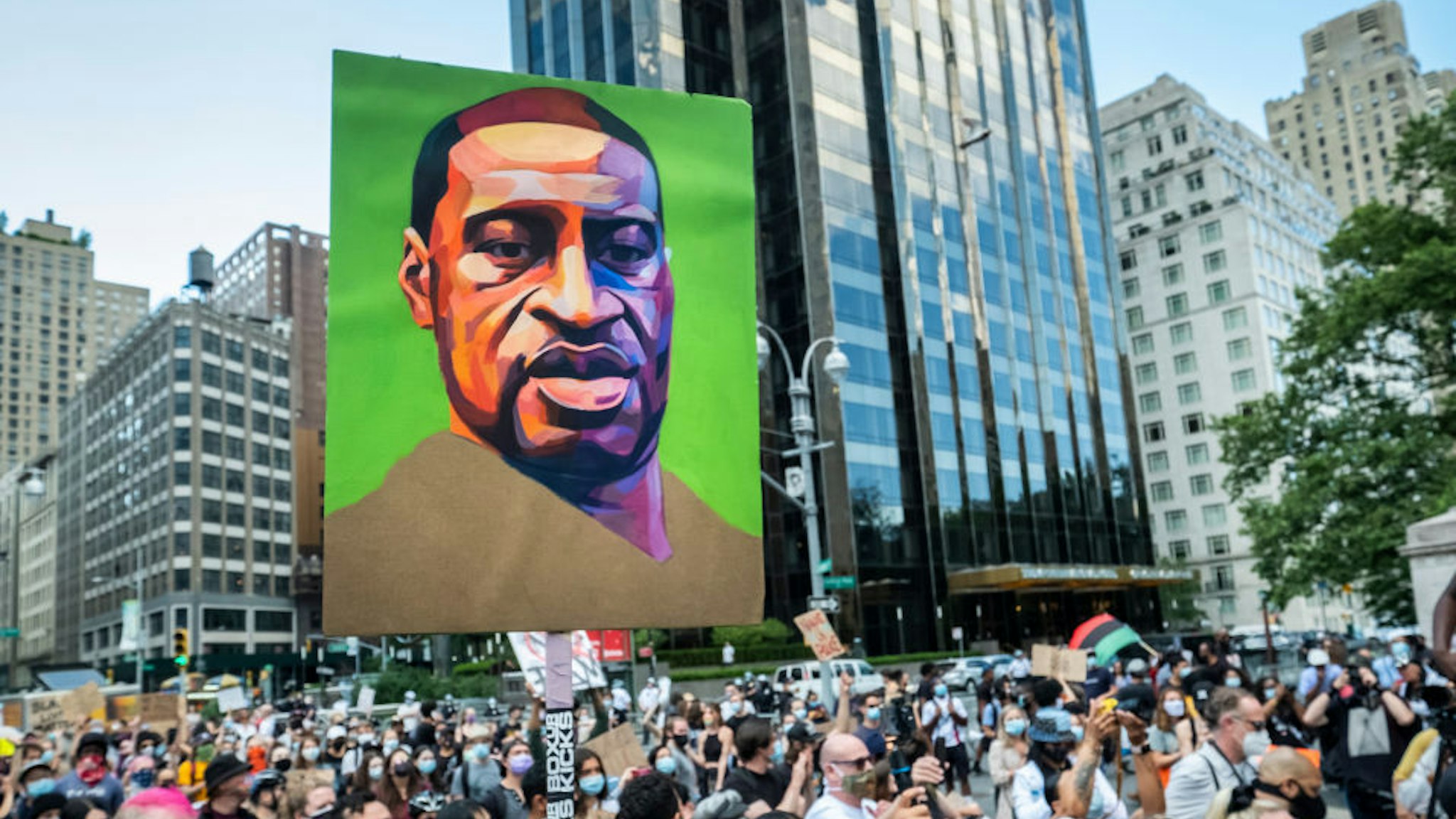During the trial of former Minneapolis Police Officer Derek Chauvin, a witness called by the prosecution told the court that numerous photos shown of the arrest and detainment of George Floyd show Chauvin’s knee and leg on Floyd’s back and between shoulder blades, as opposed to his neck.
Lt. Johnny Mercil, who was in charge of use-of-force training at the time of Floyd’s arrest, confirmed to defense attorney Eric Nelson this week that Chauvin, at least in portions of the arrest shown, was detaining Floyd by using what’s called a “prone hold,” which is permitted.
Attorney Andrew Branca for Law of Self Defense, writing at Legal Insurrection, reported on Nelson’s questioning of Mercil with regard to Chauvin’s knee and leg placement (note: summarized and not exact transcript):
It was at this point that Nelson showed Mercil a series of photographs captured from the body worn camera of Officer Lane, and showing Chauvin’s knee on Floyd from the angle down Floyd’s proned body.
Photo 1: (Nelson:) Where’s Chauvin’s leg in this image? On Floyd’s neck? Or on his shoulder blades and back. Mercil: Shoulder blades and back.
(Nelson:) And in photo 2? (Mercil) Same. (Nelson) Photo 3? (Mercil) Same. (Nelson) Photo 4? (Mercil) Same.
“This, of course, fundamentally undercuts the prosecution’s narrative of guilt that it was Chauvin’s knee on Floyd’s neck that killed Floyd,” argued Branca.
The lawyer noted that Mercil also acknowledged that there are “circumstances like those already discussed where [it] would be appropriate to maintain presence of leg across shoulder blades and back in order to ensure control of the suspect” — even for as long as ten minutes.
“In other words, the use of the restraint can be justified not only to compel compliance of the suspect in the first place, but to ensure that the suspect maintains compliance moving forward—especially given the experience and concern that unconscious suspects can revive and be even more violent than they were prior, even if that restraint is being held in place for as long as 10 minutes,” Branca said. “And that’s not just for the safety of the officer, but also for the officer’s partners, for bystanders, and even for the suspect himself.”
Ben Shapiro, editor emeritus of The Daily Wire, recapped some of Mercil’s testimony, which he argued was damning to the prosecution:
“The use-of-force officer admitted that Chauvin’s procedure (use of body weight and pressure) was a LESSER use of force than adopted in the past, that it wasn’t a chokehold, that use of force standards change based on drug use or physical stature of a suspect, that he had personally restrained suspects until EMS arrived, that some suspects quickly regain consciousness and thus sometimes suppression is necessary despite appearances.”
Chauvin, 45, is currently on trial for second-degree murder, third-degree murder, and second-degree manslaughter in relation to Floyd’s death. The former officer can be found guilty of all, some, or none of the charges since they are all separate.
Since he has no criminal history, Chauvin is likely looking at “serving about 12 1/2 years whether he is convicted of second or third-degree murder,” according to The Associated Press. The manslaughter charge, which has the lowest burden of proof, would bring a maximum of 10 years in prison.
Related: Ben Shapiro: Media ‘Paving The Way For Riots’ With Skewed Coverage Of Chauvin Trial

